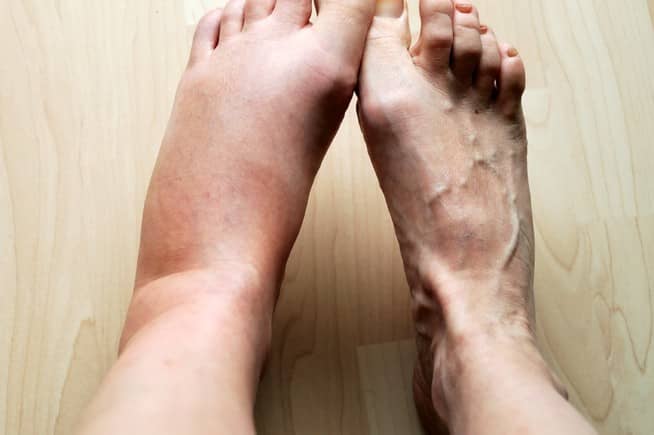Get a free estimate
If you have questions about our services, plans, or pricing we are here for you. Fill out the form below and we will communicate with you by email (and of course provide you with a free estimate).
JANUARY 27 2022 /
There is no such thing as a “bad” bee, but stings from yellow jackets and honeybees do hurt. Learn to identify the signs of a more serious reaction and how you can protect your kids from painful bee stings with these tips from American Pest.
The majority of bee stings take place during the months of June through August. It is during this time that social stinging insect populations (such as yellow jackets, hornets and honeybees) are at their peak. Children are most likely to encounter a bee sting in the yard, at an outdoor event such as a family picnic, or while playing near the swimming pool.
Appropriately called a “sting,” most people feel a burning sensation at the puncture site. The skin may also swell or become raised in the vicinity of the sting. Some people will develop swelling of the body part (such as the entire foot or arm) nearest to the sting.
Although alarming, this degree of swelling is also relatively normal. Very few people, approximately 1 or 2 in 1000, will have a severe allergic reaction. If you observe any of the following symptoms after a bee or wasp sting, call 911 or go to the nearest hospital:
★ Rash or hives over large portions of the body
★ Stomach cramps, nausea, vomiting, or diarrhea
★ Dizziness or severe headache
★ Swelling that is not in the general area of the sting, such as the throat, neck, or tongue
★ Difficulty breathing
★ Shock
★ Unconsciousness
★ Drop in blood pressure
It’s a natural, self-preserving reaction to swat at a bee that has come in contact with any part of our body. If you are stung by a bee, do not panic.
Remove the stinger as quickly as possible by scraping it off with a finger nail or similar narrow, hard-sided object.
Do not attempt to pull the stinger out with your fingers or remove it with tweezers. This action may squeeze more venom under your skin from the attached sac. Once the stinger is removed you can apply ice to help with the swelling, in 10 -15 minute on/off increments.

If you have been stung several times, it is a good idea to seek immediate medical attention, or if you experience any of the allergic symptoms listed above. If after a couple of days the redness and swelling does not go away, make an appointment to see your doctor.
★ Wear appropriate clothing and closed-toed shoes; avoid sandals and walking barefoot
★ Do not swat or smack bees away from you; gently brush them away or wait for them to leave on their own—the trick is to stand still!
★ Do not wear perfume, cologne or brightly colored clothing (all of which attract bees and wasps)
★ Keep garbage cans covered and away from picnic areas
★ Do not drink from bottles, soda cans or other sweet beverages that you cannot see into
★ Do not leave fruit and other food items sitting around outside, as these attract bees
★ Get a regular wasp control service to keep your home protected from stinging insects.